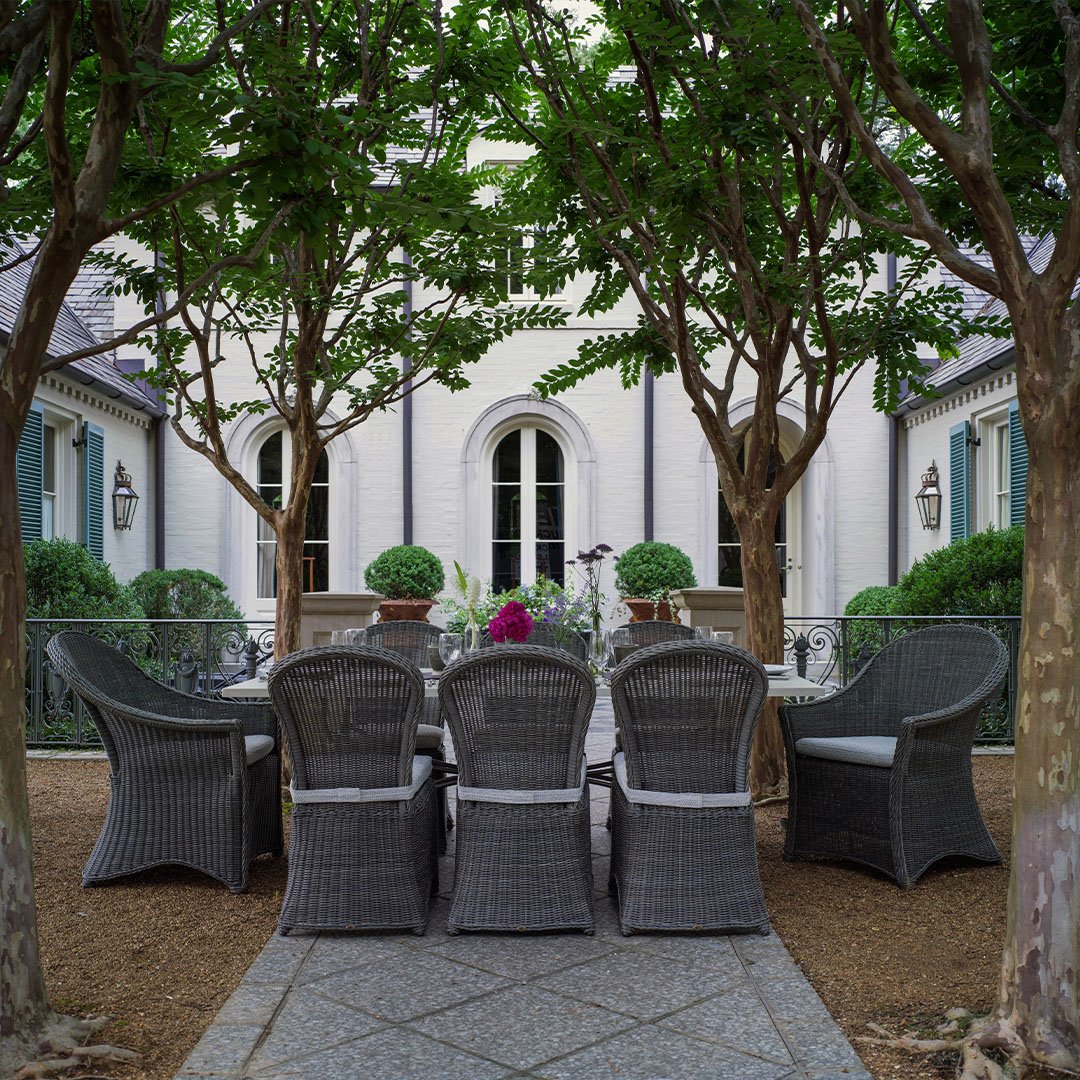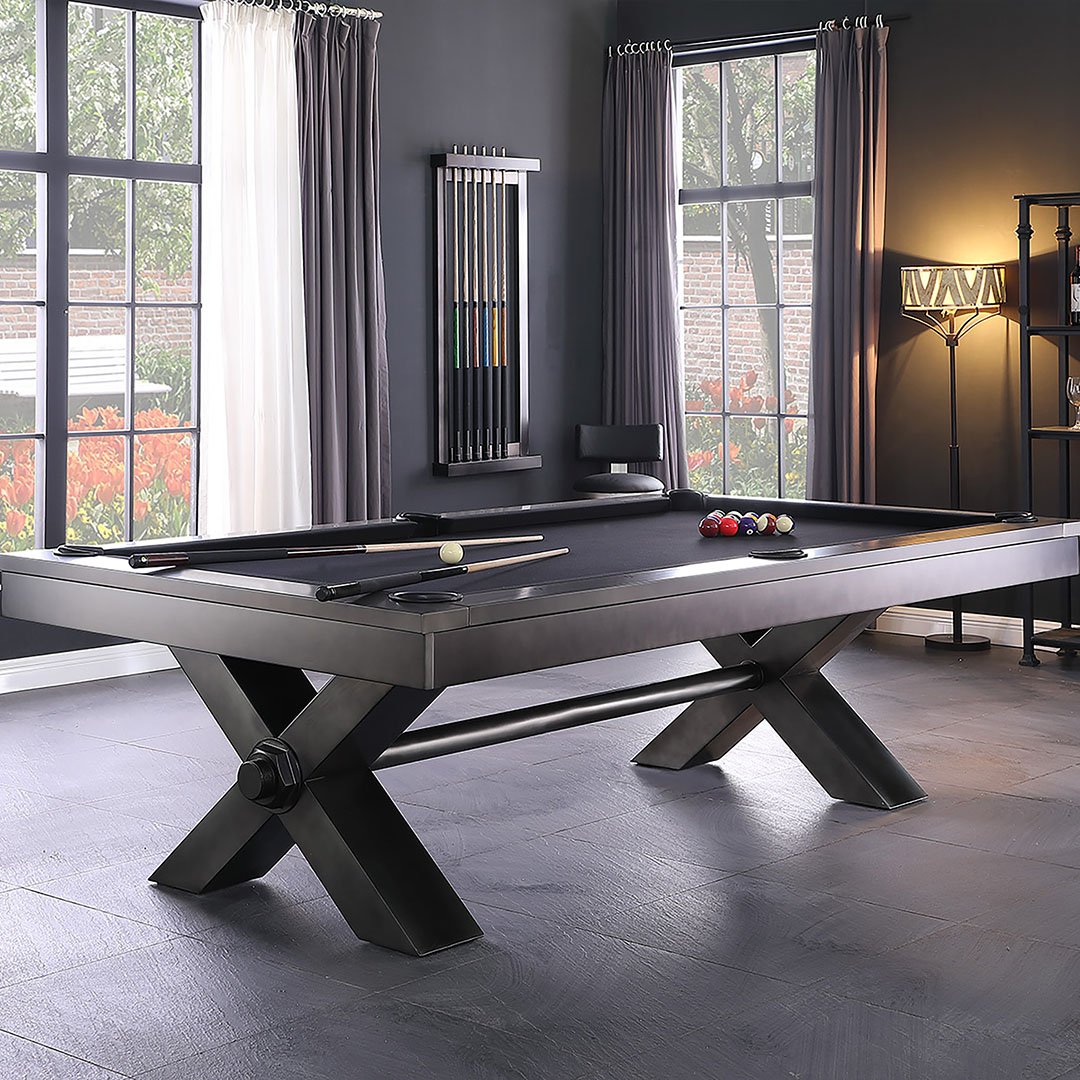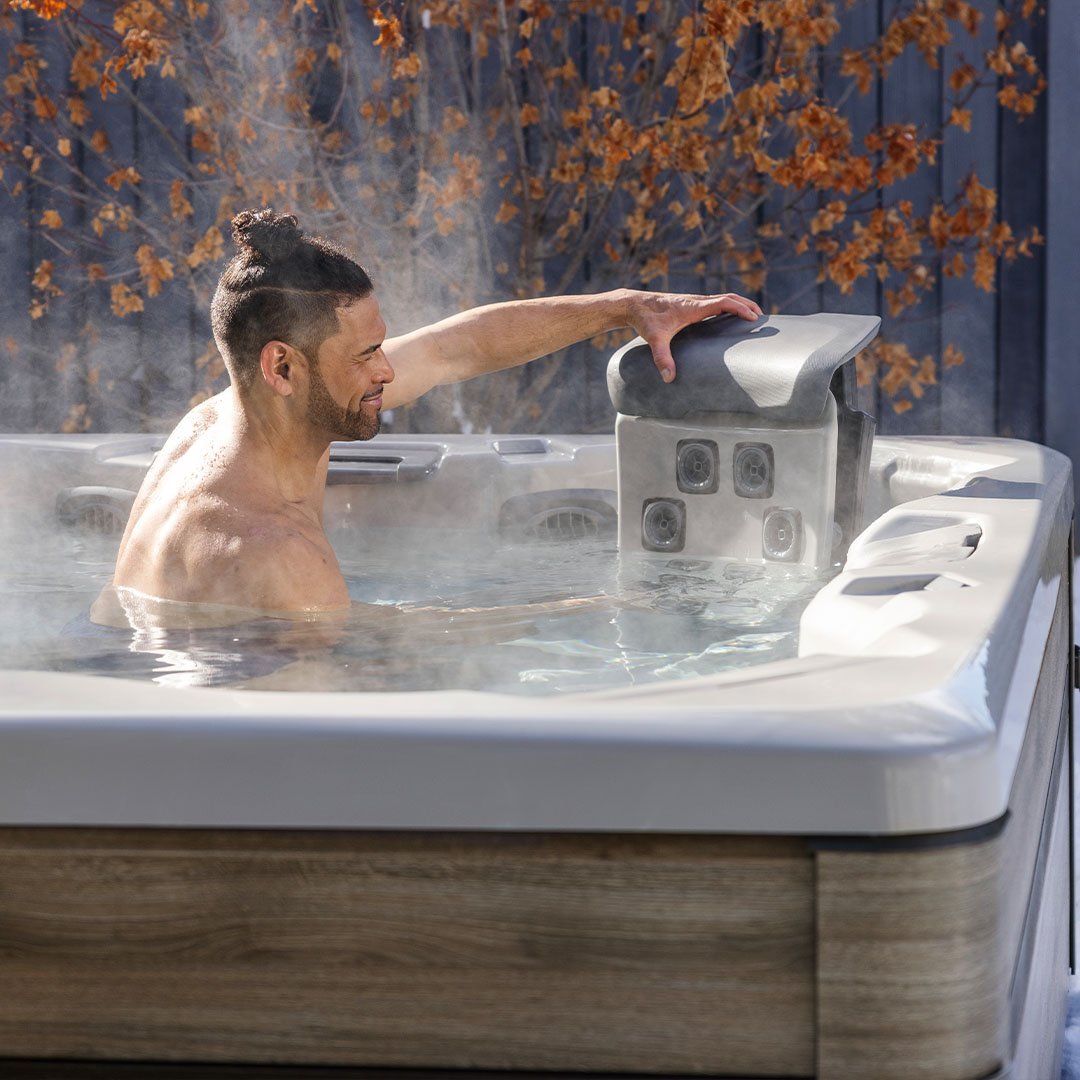How to Play Shuffleboard: Rules and Tips
Shuffleboard is a classic and iconic game that has brought fun and friendly competition to game rooms, bars, and cruise ships for generations. If you've never played before, learning the shuffleboard rules is easy - you'll be sliding pucks and scoring points in no time!
In this beginner's guide, we'll teach you everything you need to know to play shuffleboard like a pro. We'll cover the basics of how to set up a shuffleboard table, go over the scoring and game rules, and share some tips and strategies to improve your skills. With our help, you'll be hosting shuffleboard tournaments with family and friends in your own home in no time!
Shuffleboard Table Setup
The first step to playing shuffleboard is making sure you have the right shuffleboard table setup. Though table sizes can vary, a typical home shuffleboard table is generally 9, 12, or 14 feet long. From stylish shuffleboards for modern homes to regulation tables for competitive play. It's placed on a set of legs or pedestals so the playing surface is about waist height.
When choosing game room equipment, it is important to consider the longevity of your investment. While shuffleboard tables are known for their durability, other game room staples like pool tables are also built to last. If you are interested in expanding your game room options, you might want to learn more about Pool Table Materials and their Durability to make an informed decision.
On each end of the table is the scoring area, often painted in triangular sections marked 10-15-20-25 counting out from the edge. The middle section is the neutral zone. The scoring areas have a little ramp at the edge to help slow down the pucks as they reach the end.
Each player or team has a set of pucks in an assigned color, usually 4 pucks per player. The pucks are made of a smooth plastic material that allows them to glide across the playing surface. Some tables may also include cues used to slide the pucks.
Explore Top-Quality Shuffleboard Options
Shuffleboard Scoring
The scoring in shuffleboard follows a simple in-play point system. The objective is to slide your colored pucks so they stop within the highest-scoring triangles at the opposite end of the table without falling off the edge. Only one player or team can score per round.
Here's how shuffleboard scoring works:
- The triangle marked 10 is worth 10 points, 15 is worth 15 points, and 20 is worth 20 points. If a puck hangs off the edge, it's worth 4 points.
- Only the farthest-scoring puck of a single player/team counts each round. For example, if you have pucks in the 10 and 15 spots, you would only get 15 points.
- If your opponent also has pucks in the scoring area but none farther than your puck, your farthest puck scores the points for the round.
- If any part of your puck straddles a scoring triangle line, it counts for the lesser point value.
- If you knock off your opponent's puck, their puck does not score and your farthest-scoring puck gets the points.
For more information, read our comprehensive guide for shuffleboard scoring.
Shuffleboard Game Rules
Here are the basic rules to follow when playing shuffleboard:
- Decide the order of play - either flip a coin or shoot closest to the edge of the triangle marked 10. Whoever is closest goes first.
- Take turns sliding pucks from your end of the table to the other end. Each player slides all 4 of their pucks before their opponent goes.
- Only slide pucks when it's your turn. Any pucks moved out of turn are removed from play.
- Stay behind the foul line when shooting. Don't step over the line until all 8 pucks are slid.
- Slide the pucks smoothly without lifting off the surface. No jerking motions are allowed.
- If a puck falls completely off the table, it's a dead puck and is removed from the scoring area. This includes pucks that bounce back.
- Knocking off your opponent's pucks is allowed and part of the strategy! Just don't knock them off intentionally after play.
- If there's a tie score, play extra frames until someone reaches exactly 75 points. The highest puck wins ties.
Once you get the basics down, it's easy and fun to play shuffleboard with 2 people or 2 teams of 2. Just take turns sliding pucks back and forth until someone reaches 75 points or you've completed 10 full rounds. The team with the highest number of points wins!

Tips for Playing Shuffleboard Better
Now that you know the basics, here are some pro tips to improve your shuffleboard skills:
- Practice your sliding technique - Use smooth motions and try releasing at different points along the table to get a feel for puck control.
- Know your cue - Get familiar with your sliding cue and where to grip it for optimal control. Keep a loose but firm grip.
- Aim for the edges - Landing near the edge of a triangle raises your chances of a higher score.
- Go for the lag shot - Lead with your first puck using a lag shot to stake your claim on the farther triangles.
- Use back pucks strategically - Knock your opponent's pucks out of position or block the tricky 20+ zones.
- Communicate with your teammate - Teams can cover more angles. Discuss strategy before shots.
- Control puck speed - Adjust sliding force so pucks don't land too fast and bounce back.
- Practice bank shots - Learn how to bank pucks off the sides to hit specific spots.
- Clean your table - Dust and wipe the playfield to reduce friction and achieve smoother slides.
- Stay relaxed - Shuffleboard should be fun! Don't put too much pressure on any one shot.
The more you play, the better your accuracy and strategy will become. Don't be afraid to play around with puck order and shooting angles. With the right practice and these pro shuffleboard tips, you'll be a pro in no time!
Shuffleboard Variations
Once you master traditional shuffleboard rules, try out these fun variations and game styles:
- 3-Puck Shuffleboard - Each player only uses 3 pucks per turn instead of 4. More strategy!
- Cut Throat Shuffleboard - Every player for themselves! Most points at the end win.
- Ten-Frame Shuffleboard - Only the 10-point triangle scores points. First to 10 wins.
- Rebound Shuffleboard - Pucks return after hitting the end. Test your bank shots!
- Doubles Shuffleboard - Grab a partner! Teams coordinate shots for maximum points.
Trying new shuffleboard variations keeps the game exciting. Get creative and come up with your own custom rules too! Make sure you are performing proper shuffleboard maintenance to keep your shuffleboard in top shape.
About Watson's
Watson's is a family-owned home recreation and furniture retailer that provides everything you need to create the ultimate game room oasis. We carry a fantastic selection of game tables and equipment for shuffleboard, billiards, table tennis, and more! Our experts make it easy to design your dream recreation space with 3D visualization tools. And we provide fast delivery and professional installation services. For years, we've helped families make lasting memories. When you're ready to take your home entertainment to the next level, visit Watson's in-store or online today!
Buy Our Top-Rated Rec Room Games
FAQs
How do you keep score on shuffleboard?
Shuffleboard uses an in-play scoring system where points are awarded based on where your puck stops in the marked triangles at the end of the table; the 10 section is worth 10 points, the 15 section is worth 15 points, and so on up to 25 points - only your farthest scoring puck counts each round and the first player to reach 75 points wins.
What are the basic rules of shuffleboard?
The basic shuffleboard rules are to take turns sliding 4 pucks from your end to the other end, stay behind the foul line when shooting, slide pucks smoothly without jerking motions, remove any pucks that fall off the table from play, knock off your opponent's pucks as part of the strategy, award points to the highest scoring puck in the triangles each round, and the first to 75 points wins.
How do you set up a shuffleboard table?
To set up a shuffleboard table, place it on legs or pedestals so the playing surface is waist height, and make sure there are scoring triangles marked out on each end with a neutral zone in the middle, have puck sets in distinct colors for each player/team and allow room on each end for playing, but not much space is needed on the sides, and add cues for sliding the pucks if your table includes them.










